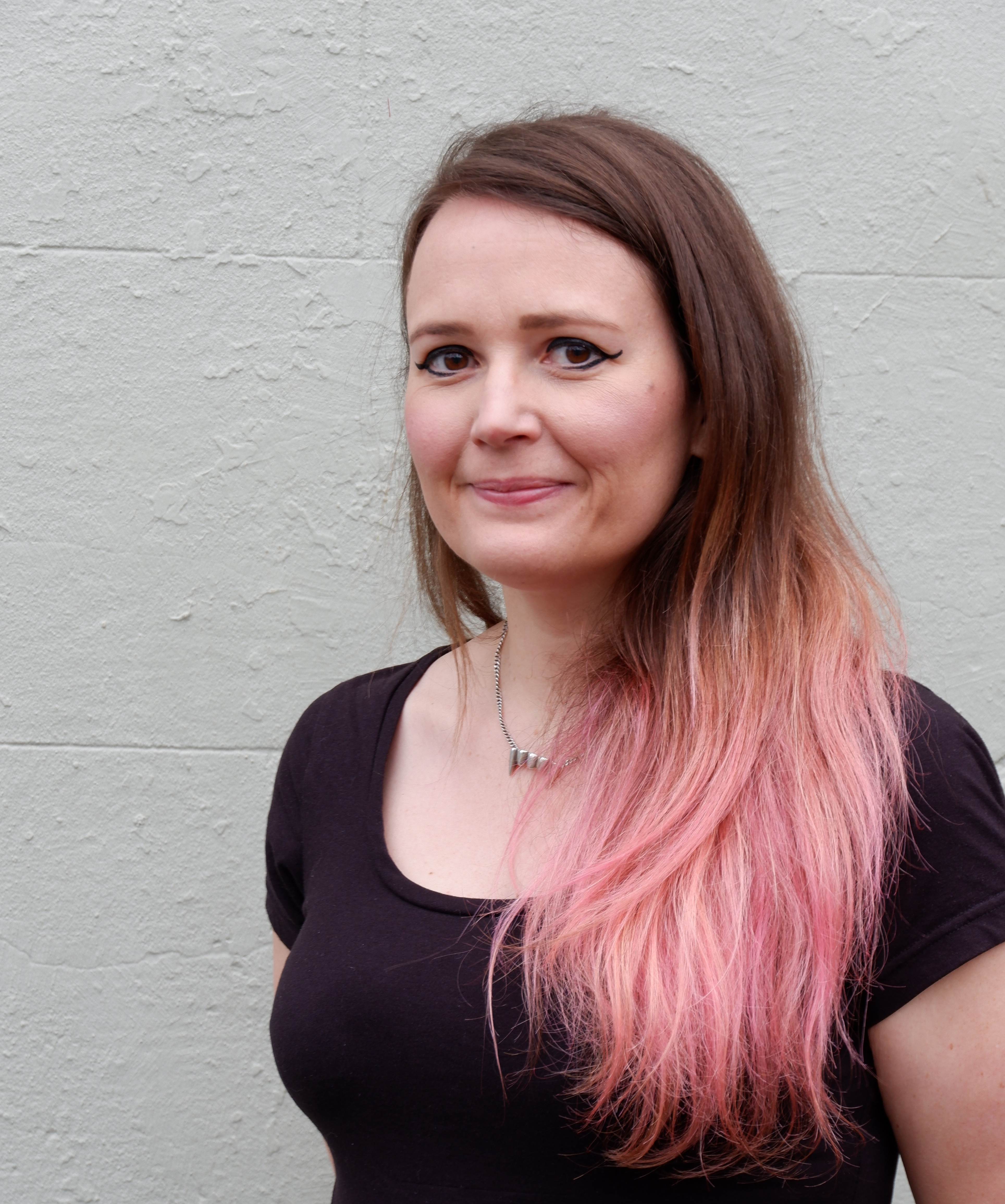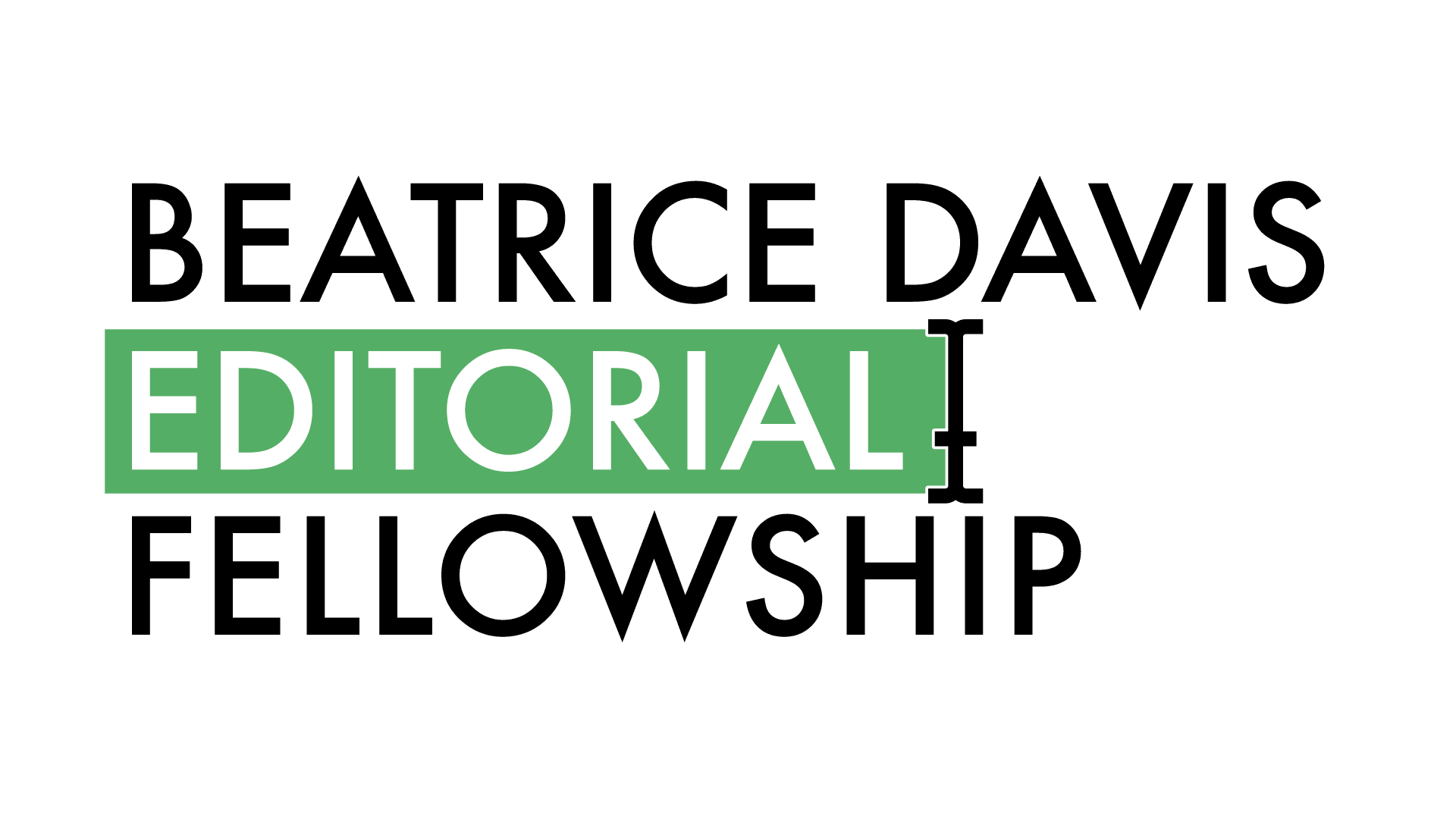12/09/2023

Our 2023 Beatrice Davis Editorial Fellow – Allen & Unwin children’s and YA editor Sophie Splatt – is currently travelling around the US, meeting with graphic novel publishers, editors, agents and creators for her research project ‘Graphic novels: Can we grow them at home?’.
In this dispatch from her travels, Sophie shares her experience of San Diego Comic-Con – ‘a fantastic, energising and flamboyant introduction to US comics in all forms’.
I’m starting out my trip with a week in San Diego where I’ll attend panels and events at Comic-Con International, as well as the associated conference for educators and librarians. This will also be a great opportunity to meet publishers, creators, and others involved in the world of graphic novels from elsewhere in the US.
Barbie – as pink as ever, and complete in a plastic box – strides past me and I wonder “Shouldn’t she be making her way to her film premiere somewhere?”. But this Barbie is just one of many. During the day, I often turn around to find the most enormous Chewbacca, and later, I see the Ghostbusters revelling on the streets instead of hunting ghosts. Welcome to San Diego Comic-Con!
The cosplayers leant a festive air to an event that spilled out of the San Diego Convention Center to the surrounding streets, with downtown San Diego and a buzzing Gaslamp Quarter erupting into a four-day party with the most unusual guest list. People-watching was a highlight, and there was plenty of colourful coverage on the local news.
Of course I knew there would be costumes, but having never attended a large comic convention before I was unsure what else to expect. San Diego Comic-Con has been held since the 1970s, and with attendance often topping 130,000 people it’s arguably the biggest and longest-running convention of its kind in the world. This year the convention ran from 20–23 July, with a preview night on 19 July.
As well as promoting comics, the convention is a mecca for all things popular culture. This year the event was somewhat marred by the SAG-AFTRA strike, meaning many Hollywood studios and A-listers bowed out, leading to the cancellation of multiple panels and the disappointment of many attendees. While this had no impact on my research, it did mean the Exhibit Hall, which housed (among other things) the tables of small presses, publishers and Artists’ Alley, was much busier than usual leading to stronger book sales. There were certainly plenty of graphic novels on display, along with author signings, and I had to do my best not to buy too many books too early into my trip!
So, what was I doing at Comic-Con? While I would have loved to while away a day watching anime, playing pinball or trying to glean some kind of insight into various forms of pop culture, I instead found myself grappling with what I imagine to be the most common problem of Comic-Con ticket-holders – scheduling. My priority was to attend graphic-novel related panels, but which ones? The sheer size of the venue meant it wasn’t always possible to dart between sessions, and transfer time needed to be accounted for while planning ahead. Despite this, I saw panels on a diverse range of topics including adapting stories to graphic novels, comics from the Yurok people, non-fiction comics, a spotlight on colouring, inking and lettering, and I heard from creators like Jeff Smith, Raina Telgemeier and Simon Hanselmann, and from staff from publishers big and small.
As is the case with any convention, some panels were unexpectedly interesting and relevant to my research while others had missing panellists and meandered from their stated topics in the program. The audience for some was sparse while other panellists spoke to a packed house. Did I want to see Jamie Lee Curtis talk about her new graphic novel, Mother Nature? Yes, I did – but so did hundreds of others who’d had the foresight (or stamina!) to line up ahead of me while I attended the associated Conference for Educators and Librarians at the nearby San Diego Central Library. This was a fantastic event and I rue the time I spent in a queue not seeing Jamie Lee when I could have continued on at the library, hearing all about the role graphic novels play in literacy and education. There were also ample opportunities for me to meet with creators and publishers of graphic novels from across the US, and the collegiate atmosphere of the convention meant that everyone I approached was happy to make time to talk.
On day four I was exhausted – wondering how I could possibly make it through another day of the convention, but also not wanting it to end. Coffee – at an exorbitant price tag that I vow never to convert back to Australian dollars – helped with that! After another packed day, I left the convention and walked through palm-filled streets in the perfect San Diego weather, my brain fizzing with newfound information.
Overall, the four-day event was well worthwhile, a fantastic, energising and flamboyant introduction to US comics in all forms.

Follow Sophie’s experiences and find more photos from Comic-Con on Instagram @editor_abroad.
About the Beatrice Davis Editorial Fellowship
The Beatrice Davis Editorial Fellowship was established by the Australian Publishers Association in 1998 and supports a senior editor in a major research project that has significance for the Australian publishing industry. Following the research the fellow shares their findings with the wider industry, and helps promote and apply any practical outcomes or recommendations.
The 2023 Beatrice Davis Editorial Fellowship has been assisted by the Australian Government through Creative Australia, its arts funding and advisory body, and the APA’s Trade Publishers Committee.